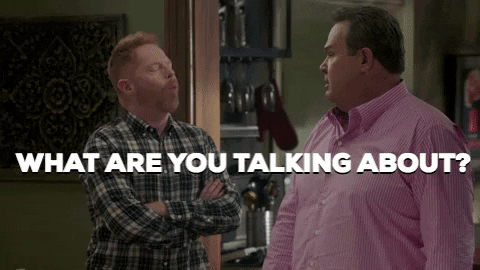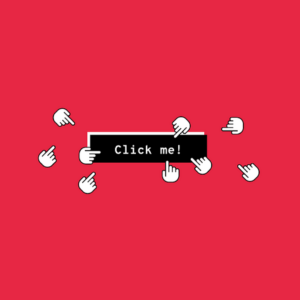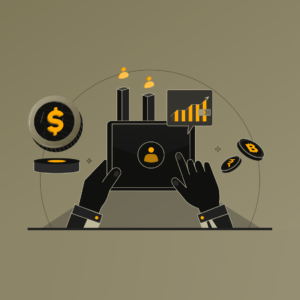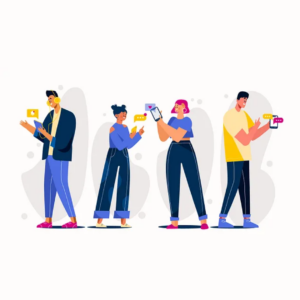Ways to design a compelling experience for your digital products.
Illustration by Bulma Illustrates
Storytelling is a super important quality for a UX professional because storytelling is the art of creatively expressing your purpose to people.
People usually don’t like or enjoy unsolicited advice, but everyone wants a good story and is happy to listen to a storyteller. If you’re a storyteller, you will have more people listening to you, instead of giving direct advice and facts or knowledge it really helps create a narrative, and just because people enjoy listening to stories, they’ll give you more attention. Therefore, it will help you put your point across.

Every story is a narrative and a narrative allows you to take someone into a different world right when you tell a story, when you deliver a narrative, you allow people to experience things, and you allow people to enter your zone. It’s not just the stories but everything around you, everything that you buy, and every experience that you go through that is influenced by narratives written by other people.
As you build the story, you should foreshadow what will happen at the end, and at the end, you should point out what happened in the beginning as well, so that your audience feels like this is a very complete and full story, which will aid them in digesting, absorbing, and internalizing your story.
How is it relevant to UX, you ask?
When it comes to the portfolio presentation or a project presentation, as you are giving more details and findings to your audience, a technique you can use to keep them from losing track of what you’re trying to tell them is to always remind them why you do certain things and why you make such progress in your study.
“Storytelling, when done right, will pull a consumer into the world of a brand to see a different perspective, showing them the bigger picture. The story is an invitation for someone to participate in something bigger than themselves, something they believe in.”
Joe Teo, CEO HeyOrca
Modern brands are built through a series of positive interactions and impactful stories
A good example to consider here is how Airbnb uses community storytelling to build a global brand and connect to millions of people globally.
Airbnb decided in 2013 that they needed to change their brand story, so they went soul-searching. After a year of deliberating on Airbnb’s mission and listening to customers, CEO Brian Chesky unveiled the company’s new philosophy.
For a long time, people assumed Airbnb was all about renting out houses. But, really, it’s about a home. Airbnb has regularly shared guest and host stories on their blog, social media, YouTube, and even their own Airbnb Magazine. “Nothing more profoundly expresses our identity than the stories of the people who make up this community,” Chesky wrote after unveiling Airbnb’s new look and mission.
To support this new mantra, Airbnb knew they needed to stop telling the story of a tech company and start telling the story of a hospitality company — a hospitality company that encourages guests to travel “through the eyes of a local,” as the company describes it.
Conclusion
A good story can capture users’ attention, help them focus, and help you stay in their minds for a longer time. Designers use storytelling to gain insight into their users, build empathy, and emotionally connect with them. Designers create personas to represent target users and add conflict to stories that reflect their user journeys and problems. By telling stories, designers can gain a better understanding of what users expect from a solution.
















